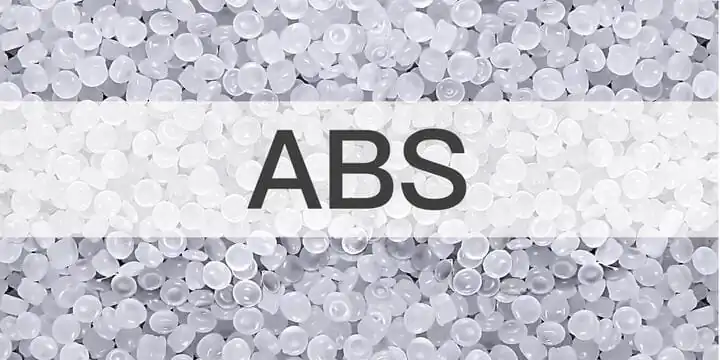Messi Biology stated that as an indispensable acid neutralizer and heat stabilizer for ABS resin, active magnesium oxide’s traditional role is to prevent yellowing, inhibit degradation, and extend life. However, with the continuous expansion of ABS application areas and the increasing requirements for material performance and environmental protection, the application of active magnesium oxide has also shown a new development trend, but also faces some challenges.

1. Stable cornerstone of high heat-resistant ABS:
In order to meet the needs of automotive engine compartment peripheral parts, heat-resistant electronic appliances, etc., the demand for high heat-resistant ABS (by adding heat-resistant monomers such as N-phenylmaleimide or blending with other heat-resistant polymers) has increased. These materials have higher processing temperatures (may be close to or exceed 280°C), greater risk of thermal degradation, and are more sensitive to acidic substances. Magnesium oxide grades with higher activity and higher thermal stability are required to efficiently capture acidic degradation products at extremely high temperatures, ensuring the performance stability and color retention of high heat-resistant ABS under harsh processing and use conditions.
2. Synergistic stabilization of flame-retardant ABS:
ABS containing halogen (bromine) or phosphorus-nitrogen halogen-free flame retardants is widely used in electronic appliances, construction and other fields. Flame retardants, especially halogen flame retardants, will decompose to produce highly corrosive hydrogen halides (HBr, HCl) during processing or combustion, which will not only corrode equipment, but also seriously catalyze the degradation of ABS, leading to severe yellowing and embrittlement. Efficient neutralization of hydrogen halides is the key to the stability of flame-retardant ABS. Active magnesium oxide is the first choice. In combination with flame retardant synergists such as antimony trioxide, it can not only stabilize the system, but sometimes also have a fine-tuning effect on the flame retardant efficiency.
3. Compatible with bio-based and recycled ABS:
In order to reduce carbon emissions, the application of bio-based ABS (part of the raw materials are derived from plants) and recycled ABS (physical or chemical recycled materials) is gradually increasing. These materials may contain more uncertain impurities (such as residual catalysts, degradation products, other polymer decomposition products) or have different molecular structures, and their stabilization challenges are greater. As an efficient and broad-spectrum acid neutralizer, active magnesium oxide plays an important role in stabilizing these “non-traditional” ABS. It is necessary to study its stabilizing effect on complex impurities in bio-based components or recycled materials and develop more targeted products.
4. Adaptation under the trend of halogen-free flame retardant:
Global environmental regulations are becoming stricter, and halogen-free flame retardant ABS is a clear direction. Although halogen-free flame retardants such as phosphorus and nitrogen series are environmentally friendly, their thermal stability and decomposition products may be different from those of halogen series, which puts forward new requirements for the stabilization system. It is necessary to evaluate its neutralization ability for acidic substances produced by the decomposition of various halogen-free flame retardant systems and its compatibility with halogen-free flame retardants. The activity level or surface treatment method of magnesium oxide needs to be adjusted to adapt to the new system.
5. Pursuing lower addition amount and higher efficiency:
Reducing the amount of any additive is the direction of reducing costs and reducing the impact on the performance of the base resin. By further increasing the specific surface area (nano-ization) of active magnesium oxide, optimizing surface active sites, and improving dispersibility, the same or even better stabilization effect can be achieved at a lower addition amount.
The application of active magnesium oxide in ABS has surpassed the traditional “anti-yellowing” role and is actively integrating into the development trend of high performance (high heat resistance, high stable flame retardant) and green (bio-based, recycled materials, halogen-free flame retardant) ABS materials. Faced with the opportunities and challenges brought by new demands (cost, efficiency, adaptability, long-term effectiveness), the active magnesium oxide industry needs to continue to innovate and develop higher performance, more environmentally friendly, and more cost-effective special products to continue to provide solid “stable” support for the upgrading of ABS engineering plastics. In the future, it will continue to be a low-key but crucial “all-rounder” in ABS formulations.
